

Suresh Galam
The Future of IT Monitoring Lies in Observability
Observability has emerged as a critical aspect of software development and operations in recent years, enabling teams to gain deeper insights into their applications and infrastructure. In this blog, we will delve into the fundamentals of observability, explore why it is essential for modern software systems, and examine the three pillars of observability. We will also discuss how to pick the right tools for observability and take a closer look at eBPF, which is considered the future of observability. Whether you are a software developer, DevOps engineer, or IT professional, this blog will provide a comprehensive understanding of observability and its importance in modern software systems.
What is Observability:
Observability is all about gathering the large amount of data generated by all your applications, devices, networks, infrastructure, and systems.
Observability provides end-end visibility across the system, so we have quantifiable outcomes. It is a mindset, not a practice, that helps solve problems in seconds, predicts what could go wrong, and identifies the root cause. With an observability mindset, you pay attention to the overall system and the user’s experience, not each component. Observability is more than just a fancy word for monitoring. It is the next generation of monitoring.
Conceptually wise there is a difference between monitoring and observability.
- Monitoring is all about what/when it is happening – “known unknowns”
- Observability explains why something is happening and how we can go about fixing it – “unknown unknowns”
In simple terms, monitoring is enough if a single process runs on a machine. Whereas if you have multiple processes running in a bunch of machines, you need something to stitch them together to give a coherent feel; hence, we need observability.
To achieve observability, we need to assemble all the possible metrics from different environments and have proper analysis/comparison and interpretation.
Why do we need observability?
The main benefit of observability is that it helps the organization to ask and answer the most important questions about software systems and the different states it travels through by observing it.
When multiple cloud vendors are involved, a robust cloud observability solution is needed because it is complicated to maintain operational challenges within a single cloud environment.
Observability allows IT/DevOps teams to gather real-time information from various sources, which includes performance monitoring solutions and logs. It will provide a way to answer questions about the health of our systems, and detailed support to troubleshoot the underlying issues.
The observability market is projected to reach $2B by 2026, from $278M in 2022. Most successful organizations have cut down their downtime cost by 90% by implementing observability, based on the latest research reports.
We must consider observability as part of the development culture, while building modern organizations.
Understanding the "Three pillars of observability"
- Metrics
- Logs
- races
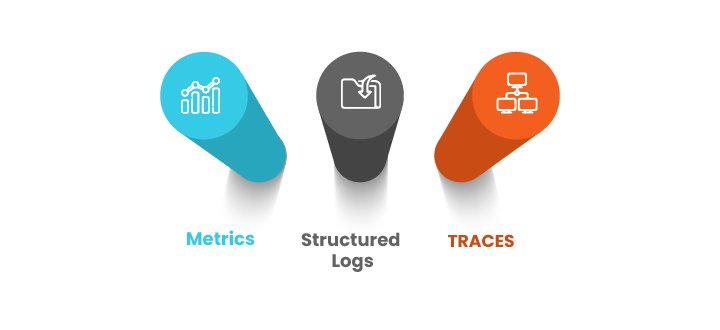
Combining these three pillars into a single solution, we can create a successful observability approach to identify issues faster.
Metrics
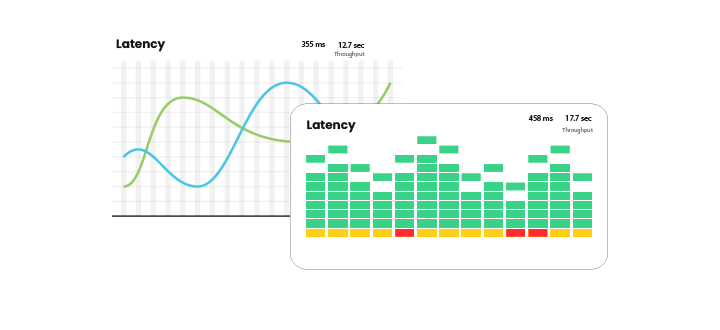
Individuals can use metrics to predict what will happen shortly, which looks at specific data over time to understand what is happening now with past trends and events.
Metrics always describe what happened over time and are defined by key performance indicators (KPIs) such as CPU capacity, memory usage, error rates, response time, peak load, requests served, and latency.
Using metrics, we can build a dashboard to monitor in real-time, and they can usually be kept around longer, taking up much less space. Examples include:
Observability Work Metrics: Throughput, success, performance, and error
Observability Resource Metrics: Utilization, saturation, availability
Logs
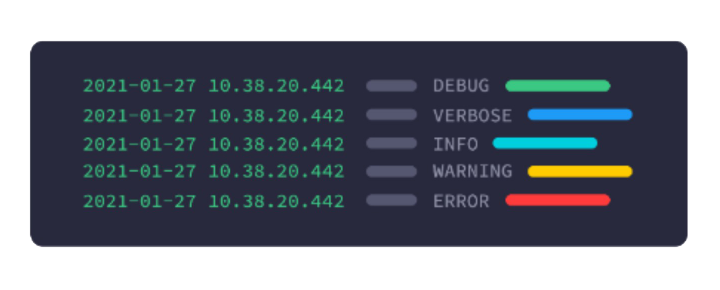
Logs are straightforward among the observability pillars, and it is typically the first data source to answer the “who, what, where, when, and how” questions regarding access activities.
Logs are essential to understanding the system’s performance and health. First, we need to generate, collect, and store the logs. They generally contain information about what’s happening in a system the software resource lifecycle, including a timestamp and a brief description of a system event.
Managing and processing logs can be expensive, but they provide an excellent source of visibility into when the issue occurred, and which resources were affected. Logs need rotation regularly, which contain a lot of information and can quickly grow large.
Traces
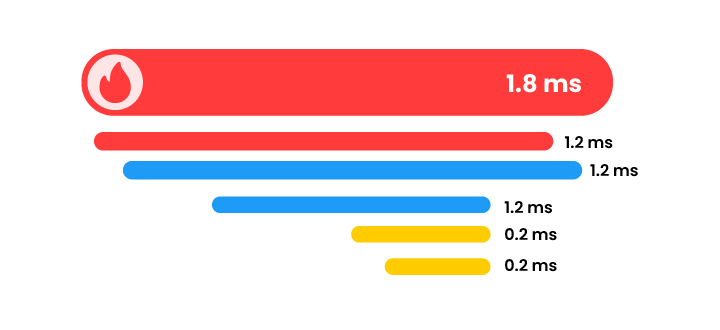
Tracing helps us understand the complete lifecycle of action or request as it flows through all the distributed system nodes.
Enabling tracing on every layer of our infrastructure helps teams quickly identify and mitigate issues. Tracing is a potent debugging tool that helps to measure overall system health, identify, and showcase which services were invoked, which containers/hosts/instances they were running on, and what the results of each call were.
Tracing is typically used within the development and testing process. Still, it can benefit network and security teams, who need to identify problems in production applications and then solve them faster. Tracing helps with live debugging across several systems to help diagnose more significant larger issues and identify which parts of the application trigger an error.
Picking the right tool – What to look for in an observability tool.
When choosing an observability platform, several factors go into play, which includes ease of implementation, capabilities, data volume, degree of transparency, open-source compatibility, integrations, and transparent business value.
We need to choose the best tool, both the most expensive and the cheapest, that suits organizational needs. The exact ROI of observability for your business will depend on multiple factors, such as the nature of the business, reasonably priced and transparent tools, company size, internal customers/users, continuously discovering new apps for data collection, and applying new observability practices.
As shown below, different observability tools are available as part of CNCF projects. It’s a big market, so there are many open-source, and third-party vendors to choose from that should give business benefits like faster deployment, better system stability, and improved customer experience based on business use cases.
Logging:

Metrics
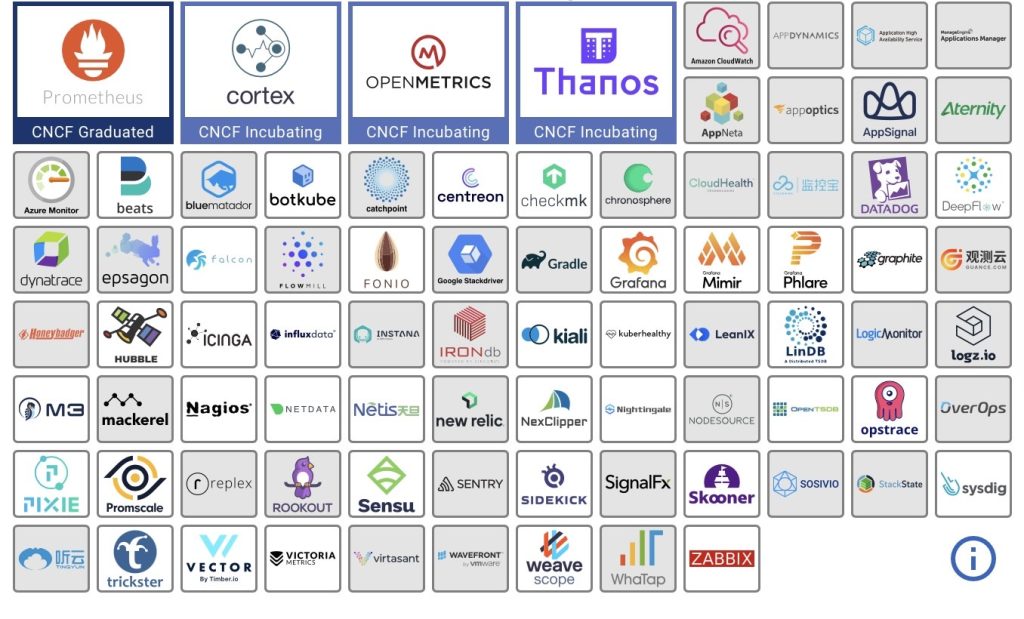
eBPF - The Future of Observability:
eBPF, which stands for Extended Berkeley Packet Filter, is a programming framework and ubiquitous technology that allows the developers to load and run custom programs deep inside operating system kernel space without having to change the kernel source code or add any additional modules so that developers use it to build better tools for tracing, debugging, firewalls, etc.
eBPF is a revolutionary technology that has led to new capabilities in observability, security, monitoring, networking, tracing, profiling, and performance optimization.
eBPF has many potential use cases related to observability, including collecting statistics, monitoring the performance, and deep-dive kernel debugging. It offers a more secure, straightforward, and elegant solution to understanding what happens within all Linux-based endpoints.
When managing a Kubernetes environment with clusters, nodes, and multiple pods, getting complete visibility without manual intervention is almost impossible. eBPF solves that problem. In years to come, eBPF will have a significant future in modern observability. That’s why we see more open-source solutions like Pixie/Hubble, which provides high and low-level views at cluster/node level and even cross clusters in a multi-cluster scenario.
Conclusion
Gartner has mentioned observability as a critical trend in the IT market, where the need for effective open-source standardization observability solutions is becoming increasingly important.
Observability business cases include customer/employee/digital experience monitoring, compliance, hybrid cloud monitoring, machine learning, real-time business intelligence, cloud migration, DevOps, DevSecOps, security analytics, and log analysis and correlation.
Observability can help make newer technologies like AI, 5G, and blockchain more manageable to deploy and leverage as a competitive advantage.
In summary, with integration towards open-source technologies, and multi-cloud and hybrid-cloud monitoring, the observability market is likely to evolve towards automation, machine learning and AI based solutions. At ACL Digital, we have successfully deployed/tested/validated multiple observable systems in our platform, with a combination of instrumentation methods and open-source and commercial tools. You can depend on us to help you adopt observability with a well-defined value-based approach that aligns to business goals to help enterprises realize immediate value.
We can also assist you with the entire setup and monitoring process, which can benefit your business, by deciding which environments to observe and which tools to choose.
References
Disclaimer
ACL Digital does not guarantee on this blog including (but not limited to) information about 3rd party software, product pricing, product features, product compliance standards, and product integrations. All product and company names and logos are trademarks™ or registered® trademarks of their respective holders. Use of them does not imply any affiliation or endorsement. Vendor views are not represented in any of our sites, content, research, questionnaires, or reports.





